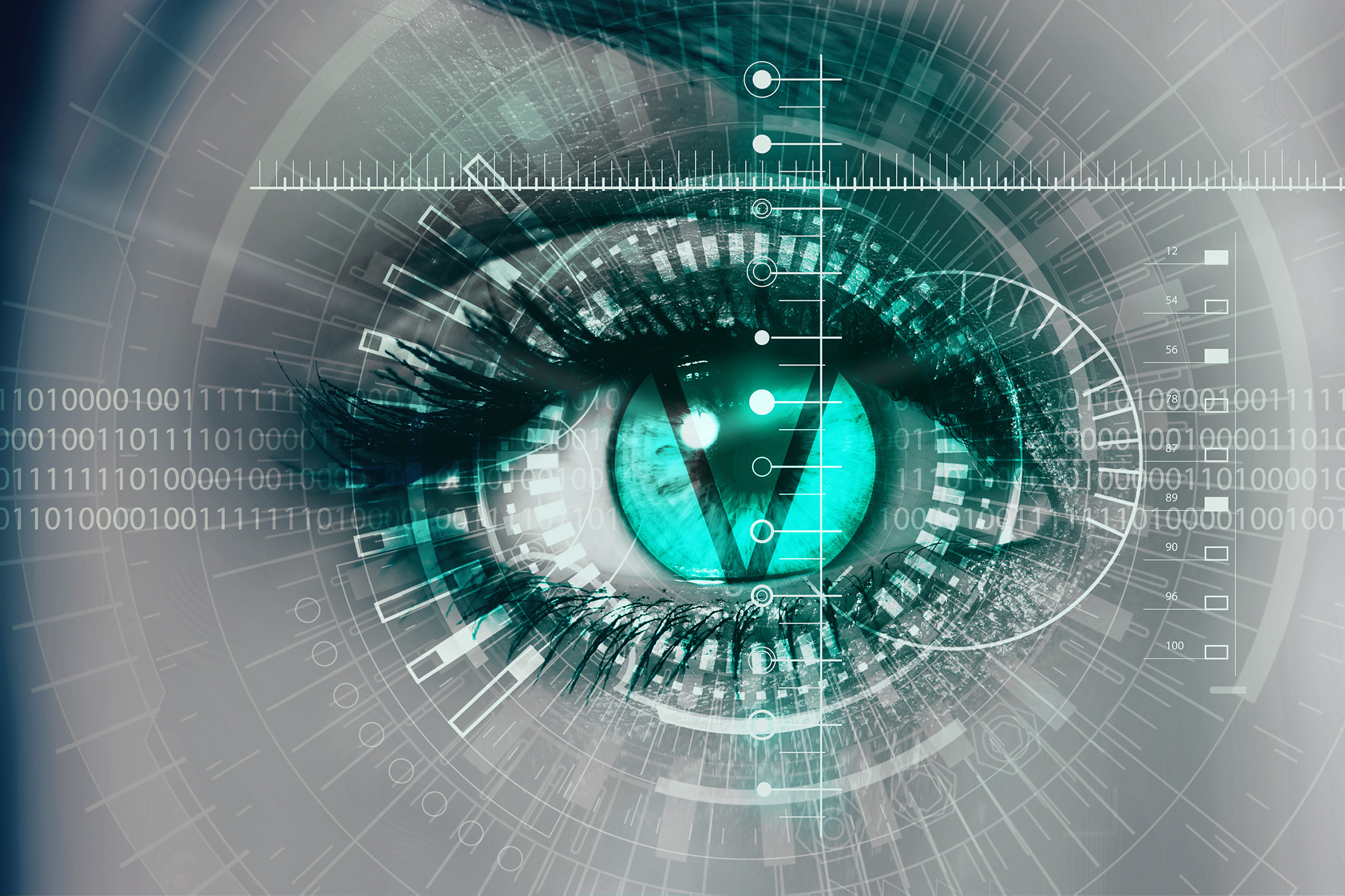
A picture is worth a thousand words. But how can you control what those words are and what they mean to your audience without being there to explain it? Logos hold a lot of information about a brand. The factors that control that message are color, shape, texture, typography, and how each of those components play and live with each other.
Think about the famous Coca-Cola logo. Would it be as impactful and state the same bold message it does now if it were baby blue and written in Times New Roman? Would car company Audi look as classy if it were colored neon and used squares instead of circles?
The answer, definitively, is no. As graphic designers in Denver, we have performed our fair share of surgery on company logos, and all too often “bargain” designers have no idea how to approach logo design from a theoretical perspective. While ultimately a logo that “looks and feels good” is the goal, knowing the right path to take in order to get the best result is critical. Today we’ll take a look at some of the components of logo design and how they’re perceived by the end-user.
The Meaning of a Logo's Color
While a person’s personal color preference does play a role in how they perceive something, there are some time-tested fundamentals that brands can use when considering colors for their logo. For example, green is a safe bet for growth, peace and health, whereas blue has long been considered a color for trust, dependability and strength.
Using these relatively universal guidelines, we can help a client use their own taste to create a color palette that adheres to color psychology and personal brand preference.
How Shape Plays a Role in Logo Design
Think about how you feel when you see a logo that has soft, round, curvy lines. Then, think about how a logo with sharp edges and straight lines makes you feel. These are intentional choices made by brands and designers to convey a specific kind of message. One isn’t better than the other – they simply evoke a different emotion on the part of the customer.
Curves, for example, tend to be comforting, tender, positive or uplifting. Straight lines tend to elicit a feeling of strength or stability. Taking it a step further, a logo that has circles will mean something different than a logo that’s square.
The Psychology of Typography
As with logo shape, it’s important to carefully consider the typography of your logo. Much in the way that shapes influence our perception, the differences between angular and rounded lettering can convey very different messages.
While some standard fonts are acceptable for a logo, chances are you’ll want custom typography to fit with all of the other components of your logo. Custom typography itself is an artform, and it can make or break a logo.
The Psychology of Logo Design: Putting it All Together
Graphic designers have to constantly be aware of the subtle signals they’re sending out when they make design choices in a brand’s look and feel. While you might know what you like, it’s not always easy to know how to get to that point. That’s why we always recommend using a professional, trained designer to create your logo and other brand collateral.
Go ahead after you read this, and check out some of the logos of some of the major brands you interact with. Think about how their logos make you feel, and then think about the thought process that led to their logo. In the meantime, we’re always here to help, so don’t hesitate to reach out.

